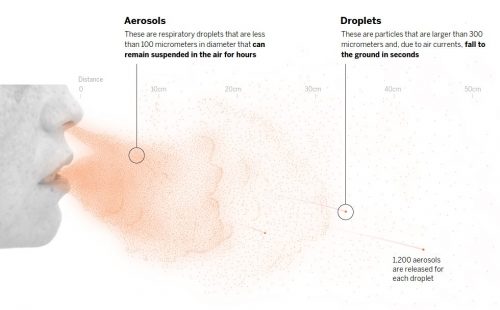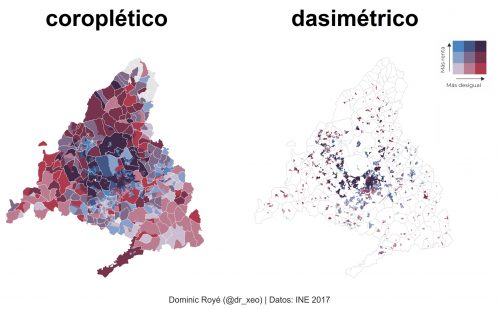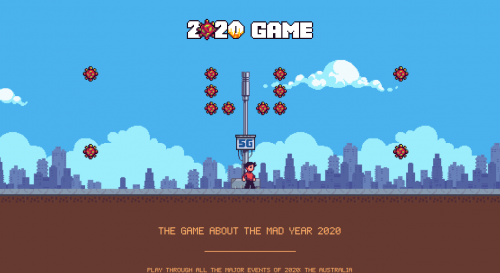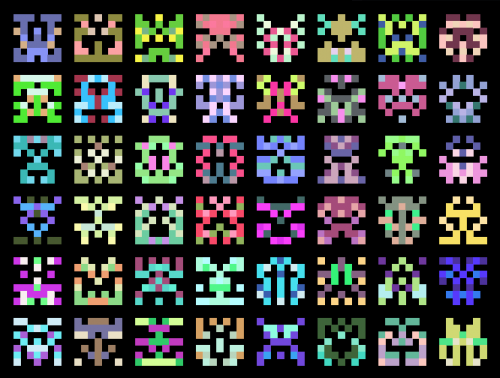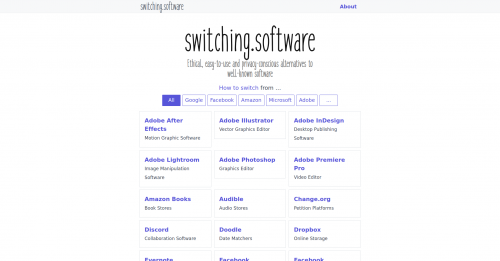Electronic Frontier Foundation co-founder John Gilmore said that the internet routed around censorship. But what if the net stopped being one big, connected thing? National governments are busy walling off their own sections, and in some cases changing the technologies that underpin it. What’s more, they’re not stopping at their own borders.
There are terms for this sliced-up internet, with rules that vary between countries. Some call it digital balkanisation. Others, like Julie Owono, call it the splinternet.
This set of digital gated communities is growing. Russia has the Runet, its domestic internet infrastructure, which it has been working to make independent from the external internet since at least 2014. The country unplugged the Runet from the rest of the world a year ago in a test run to see how it would fare on its own.
Still, national calls to wall off portions of the internet are spreading. In 2013, then-Brazilian president Dilma Rouseff called on countries in the UN to build their own sovereign internet government structures. North Korea has Kwangmyong, a centrally administered network accessible only via a heavily monitored Linux distro called Red Star. Cuba has RedCubana, an alternative to the open net that houses Cuban versions of popular websites like Wikipedia, along with local apps. Iran has its National Information Network (aka the Halal internet), a government-controlled network that hosts Iranian sites and tracks all its users. It allows heavily moderated access to the outside world.
The battleground of this splinternet, and where we really see what’s at stake, is the African continent, where billions are yet to be connected.
China has invested just over $300bn in Africa in the last two decades. In 2018 President Xi Jinping pledged $60bn in assistance, investment, and loans, $10bn of which will come from Chinese companies investing in the region.
Chinese companies have been busy helping countries in Africa roll out everything from fibre networks to smart city initiatives and data centres, as the Australian Strategic Policy Institute has documented.

